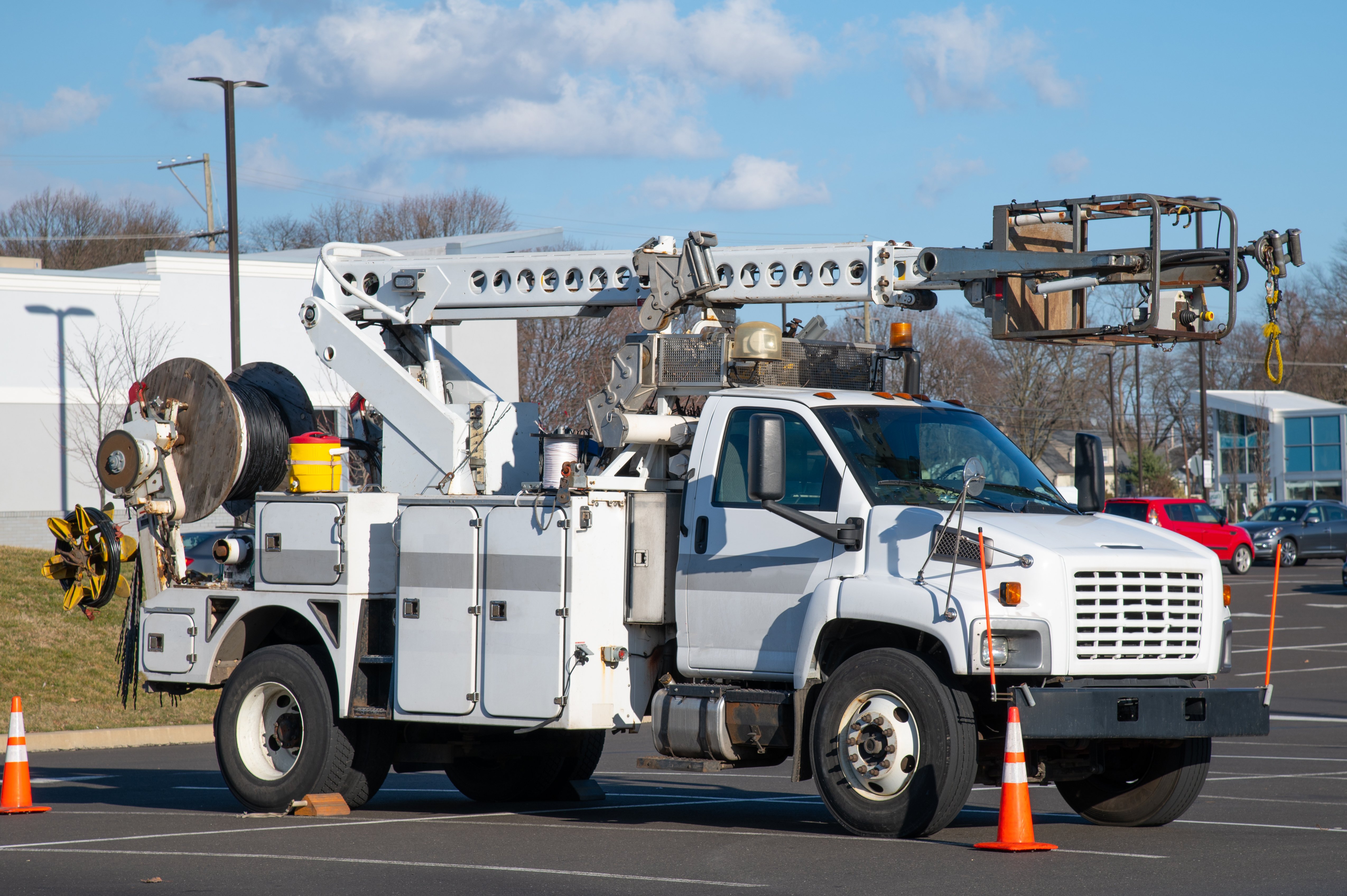
Driver-assistance systems (ADAS) and technological innovations mean that new vehicles are safer than ever before. Features like automatic emergency braking, pedestrian detection, blind spot monitoring, lane assist, and adaptive cruise control "hold the potential to reduce traffic crashes and save thousands of lives each year," according to the National Highway Traffic Safety Administration (NHTSA).
All of these vehicle technological innovations help drivers in poor weather conditions. As such, we might expect to see the positive impacts reflected in crash statistics. Unfortunately, this is not the case.
Despite the increased prevalence of these features, the United States has seen an alarming increase in traffic fatalities over the past few years. When technology makes vehicles safer, does it have the opposite effect on driver behavior?
Misunderstandings About Technology
A study by the American Automobile Association highlights the need for greater understanding among many motorists about the limitations of driver assistance features. According to this research, 80% of drivers incorrectly believe that blind-spot detectors monitor the road behind the vehicle and reliably detect non-motor road users like bicycles and pedestrians.
The same study found confusion around automatic braking and collision warning systems. Forty percent of respondents didn't realize that forward-collision warning systems only deliver a warning and don’t apply the brakes in an emergency.
Without an adequate understanding of technology's limitations, drivers have unrealistic expectations of their vehicle's safety features. In adverse weather conditions, with reduced visibility and longer stopping distances, these assumptions lead to overconfidence in the vehicle’s ability to detect and mitigate dangers.
Weather and Vehicle Technology
In adverse weather tests, the American Automobile Association assessed advanced safety systems like lane assist and automatic braking. They found that extreme weather, such as heavy rain and wind, affects proper functioning and performance.
These tests prompted Greg Brannon, the director of automotive engineering at the AAA, to warn against driver complacency. He suggests that "the most dangerous thing a consumer can do is over-rely on the systems."
Technology and Driver Behavior
So, how does technology influence a driver’s relationship with their vehicle, and what impact does technology have on driver behavior?
Complacency
The perception of safety can lead to riskier behavior. The “Peltzman effect” is a principle named after economist Sam Peltzman, who published a paper in 1975 noting that the safety benefits of seatbelts and other in-vehicle technology were initially undermined by behavioral adaptation, as drivers took more risks behind the wheel when they felt secure. While seatbelts keep drivers and passengers wearing them safer, Peltzman claimed that the riskier driver behavior negatively impacted pedestrians, cyclists, and other road users.
This phenomenon has been observed in sports and healthcare, too. When people feel safe, they are more likely to take dangerous actions, which may negate the safety features benefits.
Purdue University engineering professor Fred Mannering suggests that "people tend to compensate for advanced safety features such as anti-lock braking systems, airbags, [and] electronic stability packages by driving more aggressively.” Aggressive driving includes increasing speeds and leaving less space between vehicles, which only increases risks in extreme weather conditions.
Paying Less Attention
It's tempting to hand responsibility over to semi-autonomous technology and driver-assistance systems. For many drivers, reliance on these systems isn't necessarily a conscious choice but a contingent aspect of technological advancement. While not intentional, many of these systems allow drivers to pay less attention to the road.
Clifford Nass, Communications Professor at Stanford University, suggests that "if you give people the slightest opportunity to be lazy, they'll take to it with great gusto and joy." This is a crucial consideration in safety design, which Nass — an expert in multitasking — says gives drivers a reason to stop "staring at this boring road.”
If drivers feel like technology is doing the work for them, they pay less attention to the most critical aspects of driving. Among other things, this can lead to more distracted and drowsy driving.
In adverse weather, with reduced visibility, longer stopping times, and more challenging conditions, even a momentary lapse in concentration can have fatal consequences.
What is The Solution?
Regardless of technological advancements, drivers’ habits are getting worse. A 2021 study found that aggressive driving is becoming more common and dangerous. Eight out of 10 drivers admitted to aggressive driving, and 90% of people had witnessed it on the road. Lack of attention is another problem. As drivers over-rely on technology, distracted driving increases.
While engineering and technology help make vehicle design safer, driver safety professionals must focus first and foremost on the human behind the wheel. Rather than rely on technology to ensure safety, drivers should use these features to support and reinforce safe driving habits, especially when facing challenging road and weather conditions.
Prepare For Your Journey
Technology cannot prepare drivers for the unexpected. Keep extreme-weather resources in your car, including food, water, an ice-scraper, warm clothing, blankets, first aid provisions, a flashlight, extra screenwash, and de-icer.
Check your vehicle before your journey and ensure you have plenty of fuel. For visibility, ensure all lights, mirrors, and wiper blades are clean and working correctly. Check that all tires are properly inflated and have plenty of tread.
If your journey is necessary, inform someone where you are going, your estimated arrival time, and which route you plan to take. Allow extra time for your trip. Clear any ice and snow from the vehicle and demist all windows before setting off.
While Driving
Once on the road, take extra care and use The Smith5Keys®. Remember that vehicle technology is there to support safe driving — not to replace it.
Space
Leave yourself plenty of space. Choose the proper lane and adjust speed accordingly to maintain your space cushion.
Visibility
Keep your eyes on the big picture, stay alert to what's on the road ahead, and use your mirrors to check the environment around you. Make sure other vehicles are aware of your presence.
Time
Maintain proper following distance to avoid sudden braking and allow plenty of time to slow down.
While we are thankful for increased vehicle safety that comes from advances in driver-assistance technology, drivers must be careful not to negate this progress with complacency behind the wheel. Always remember The Smith5Keys®, plan your journey, and take nothing for granted in extreme weather conditions.










